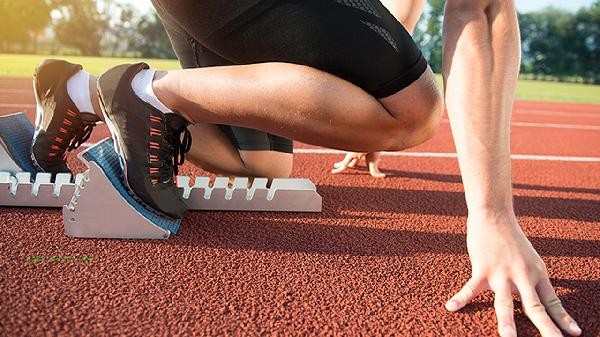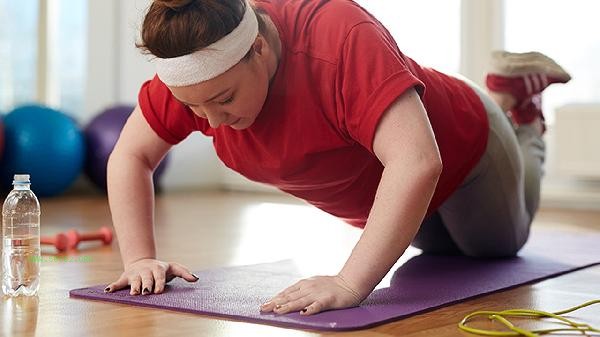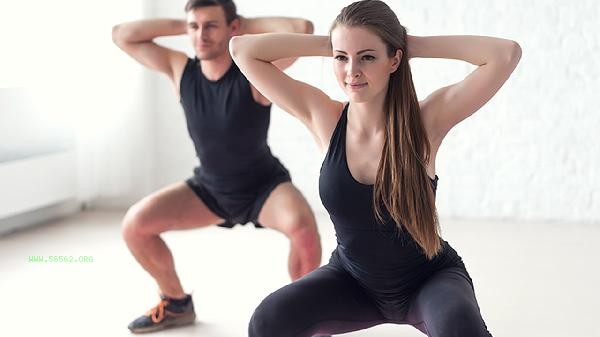Recommended household hip training equipment includes squat frames, kettlebells, and elastic bands. The squat stand is suitable for weight training, the kettlebell can stimulate the gluteal muscles from multiple angles, and the elastic band is easy to adjust resistance without taking up space.

1. Squat Stand
The squat stand is an efficient tool for strengthening the gluteus maximus muscle, which achieves progressive loading by adjusting the weight of the barbell. Its advantage lies in supporting compound movements such as squats and hip thrusts, which can synchronously exercise the lower limb muscle groups. When using, pay attention to keeping the waist and back straight, with the knees not exceeding the toes, to avoid compensatory force from the lumbar spine. It is recommended to use anti slip yoga mats to protect joints. Beginners should start practicing with an empty pole.
2. Kettle Bells
Kettle bells are suitable for explosive training such as swinging and flipping, and significantly stimulate the gluteus medius muscle. Its curved design is easy to grip with both hands or one hand, and can complete isolated movements such as side leg lifting and back kicking. When choosing weight, it is advisable to be able to complete 15 movements according to the standard, and during training, the core should be tightened to prevent the waist from being stretched. Dumbbells can replace kettlebells for basic training, but the effect of swinging movements is slightly inferior.
3. Elastic Band
The elastic band distinguishes resistance levels through different colors and is suitable for hip activation movements such as crab steps, kneeling and kicking. Latex material is easy to store and can be fixed on door frames or pillars for resistance training. It is recommended to choose a style with a handle to enhance grip stability. During training, pay attention to controlling the recovery speed and maintaining continuous muscle tension. Long term use requires regular inspection for signs of aging and cracking.

4. Hip Bridge Trainer
The specialized hip bridge trainer adopts an arc-shaped design that fits the waist and can accurately isolate the gluteus maximus muscle to exert force. Some models are equipped with adjustable angle backrests, which adjust the difficulty by changing the hip joint flexion. During training, it is necessary to stabilize the scapula on the support pad, raise it to a straight line with the shoulders, hips, and knees, and contract the top for 2 seconds. This device has relatively low pressure on the lumbar spine and is suitable for use by postpartum recovery individuals.
5. Stepper
The bidirectional stepper simulates the action of climbing stairs by adjusting the pedal resistance, mainly exercising the endurance muscle fibers of the buttocks and legs. When choosing, attention should be paid to the silent design and anti slip pedals. When using, keep your body slightly forward to enhance hip recruitment. It can be used in conjunction with arm swinging to increase consumption, but for those with knee joint discomfort, it is recommended to use a sitting hip abduction device instead.

Home hip training should alternate strength and endurance training based on the characteristics of the equipment, preferably 3-4 times a week. Carry out dynamic warm-up such as hip joint circling for 5 minutes before training, and relax piriformis muscle with foam shaft after training. Diet should ensure a protein intake of 1.5 grams per kilogram of body weight, combined with vegetables rich in vitamin K such as broccoli to promote muscle repair. Individuals with a larger body weight can first establish neuromuscular control through elastic band training, and then gradually increase their weight-bearing capacity.






Comments (0)
Leave a Comment
No comments yet
Be the first to share your thoughts!